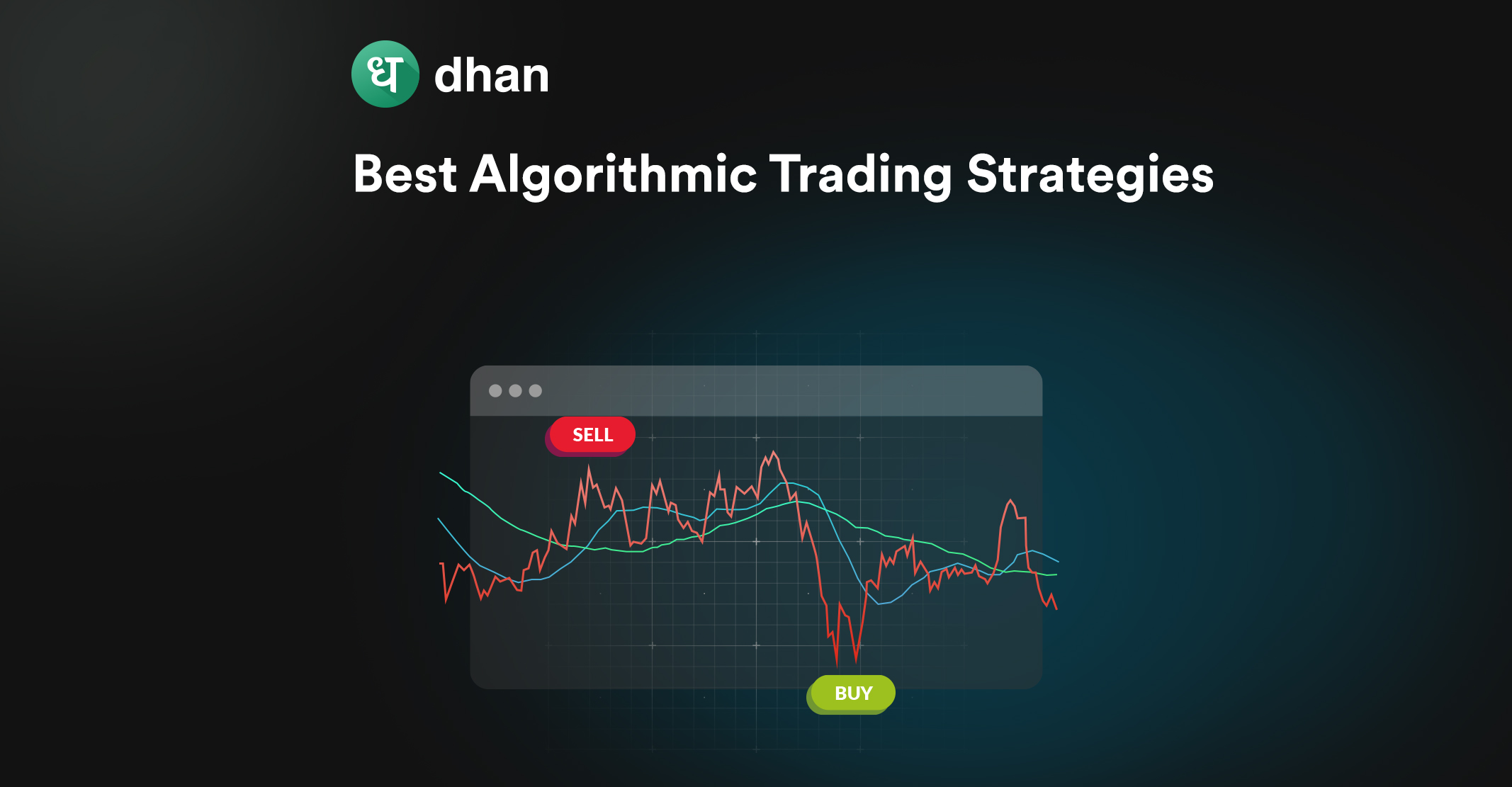The Securities transaction Tax (STT Charges) was first implemented by former finance minister, P. Chidambaram, in the year 2004. Just as the name implies, it is a tax levied on the purchase or sale of securities. Securities transaction Tax is a crucial aspect of the financial market.
These charges are usually levied by the government to regulate online trading activities and generate revenue. Both investors and traders need to be aware of these charges.
This blog will help you understand the meaning, rules, and significance of STT charges, along with some tips on managing and minimizing them.
What is Securities Transaction Tax?
Securities Transaction Tax, commonly known as STT, is a tax levied on the purchase or sale of securities like stocks, mutual funds, or derivatives by the government. International ETFs, LIQUID/Gilt ETFs, and Gold ETFs qualify for exemption from Securities Transaction Charges.
These charges on the securities are governed by the Securities Transaction Tax Act (STT Act) and are subject to change from time to time. STT charges are collected by the broker on behalf of the government and later remitted to authorities.
At the same time, STT also acts as a regulatory body to prevent speculative trading along with promoting long-term investments.
It is levied at the moment of the transaction, therefore, both the buyer and seller are subject to them. However, the rate of the STT varies, which is generally a percentage of the transaction value, depending on the type of securities being purchased or sold.
Let us understand this with an example.
The STT charges for both selling and buying equities delivery is 0.1%. The transaction value is Rs. 1,00,000 and the STT rate is 0.1%. So, you will pay Rs 100 in STT when you buy the shares and another 100 in STT when you sell them.
How Does Securities Transaction Tax Work?
Let’s shed some light on the STT charges levied on different securities.
1. STT Charges on Equity
For equity shares, the charges are applied at the rate of 0.1% of the transaction value for both buyer and seller for delivery. STT is assessed on both the buying and selling sides, hence, investors have to pay a total of 0.2% of the transaction value for most equity transactions.
This implies that if you purchase and sell stocks worth Rs. 1 lakh, you will pay Rs. 200 as STT charges. These charges can multiply subsequently, especially for investors with large holdings.
On the other hand, intraday traders are liable to pay a charge of 0.025% on the sell side.
| Security | STT Charges | Payable By |
| Purchase of Equity | 0.1% | Purchaser |
| Sale of Equity | 0.1% | Seller |
| Equity in Intraday | 0.025% | Seller |
2. STT Charges on Options
The STT charges are more complicated when it comes to trading options and are only applied to option sellers. The charges are complex because the rate varies depending on whether an option is “in the money”, “on the money” or “at the money”.
STT rate of 0.125% is levied on the intrinsic value of the options that were bought and exercised. Whereas, an STT rate of .0625% of the premium is levied for the options that are shorted.
| Security | STT Charges | Payable By |
| Sale of Options in securities | 0.017% | Seller-Option Premium |
| Where an option is exercised | 0.125% | Purchaser-Intrinsic Value |
3. STT Charges on Futures
The Securities Transaction charges are levied on the sell transactions for future contracts. The STT obligation is calculated by applying the STT rate of 0.0125% on the Sell side.
| Security | STT Charges | Payable By |
| Sale of Futures in securities | 0.0125% | Seller |
4. STT Charges on Other Securities
In addition to equities and options, STT charges apply to other financial securities. While there is no STT levied on the purchase of equity mutual funds units, the STT rate of 0.001 % is levied on the sale of these units.
Selling of unlisted shares by IPO, where the shares are later listed on the stock exchange also attracts an STT rate of 0.2%.
However, the STT rates and rules on these assets can vary. To avoid any miscalculations, investors and traders can use the STT charges calculator, a tool used to calculate total transaction charges.
| Security | STT Charges | Payable By |
| Purchase of unit of Equity Oriented Mutual fund | NIL | NA |
| Sale of the unit of Equity Oriented Mutual fund | 0.001% | Seller |
| Sale of unlisted shares (IPO) | 0.2% | Seller |
How to Avoid STT Charges?
Although these charges are mandatory, there are numerous ways to reduce their impact:
1. Promote Long-Term Investments
Adopt a buy-and-hold strategy to reduce STT costs. Low STT on delivery-based equity transactions attract long-term investments from investors. This directly impacts the investment strategy of many investors and can benefit them and increase the market’s overall stability.
2. Avoid Frequent Intraday Trading
If you more often trade in intraday, the increased cost of STT can cut into your profits. It can be advantageous and can lead to subsequent savings on STT if you cut back on intraday trading without a goal or led by impulse only.
3. Tax-Efficient Investments
There are many tax-efficient investment strategies that you can use to avoid paying STT charges. You can invest in ELSS, an Equity-linked savings scheme under which you get the dual benefit of tax deductions and the potential for long-term gains. Although ELSS has a three-year lock-in period, it provides a chance for tax-efficient wealth building.
Conclusion
In conclusion, it is crucial for all traders and investors in the financial market to get a thorough understanding of STT charges and their implications. Keeping up with the latest changes in the STT rules and regulations is crucially important for making informed decisions and saving on costs.
📌 You can also read:
- What are Different Types of Charges in Online Trading?
- Intraday Vs Delivery: Differences, Charges, Uses, & More
- What is Brokerage: Meaning, Types, & More
Happy Trading 📈
Disclaimer: This blog is not to be construed as investment advice. Trading and investing in the securities market carries risk. Please do your own due diligence or consult a trained financial professional before investing.



